Visually seeing color taps into one of the strongest of our five senses. “Color has ways of influencing our lives and the subsequent decisions we make without us ever really realizing it,” said NewGround Interior Designer Amy Boschert. “A lot of research has been done on the psychology of colors, how the human brain perceives colors, and the emotions and behaviors that they evoke,” Amy continued. Colors can affect your appetite, your impulses, purchases, which grocery store you shop at, which bank you use, etc. A company can use this psychology to help market itself in a favorable way to create a stronger consumer-brand relationship. Research shows that the color, make, look, and feel of a product or space affects 93% of the buying decisions.*
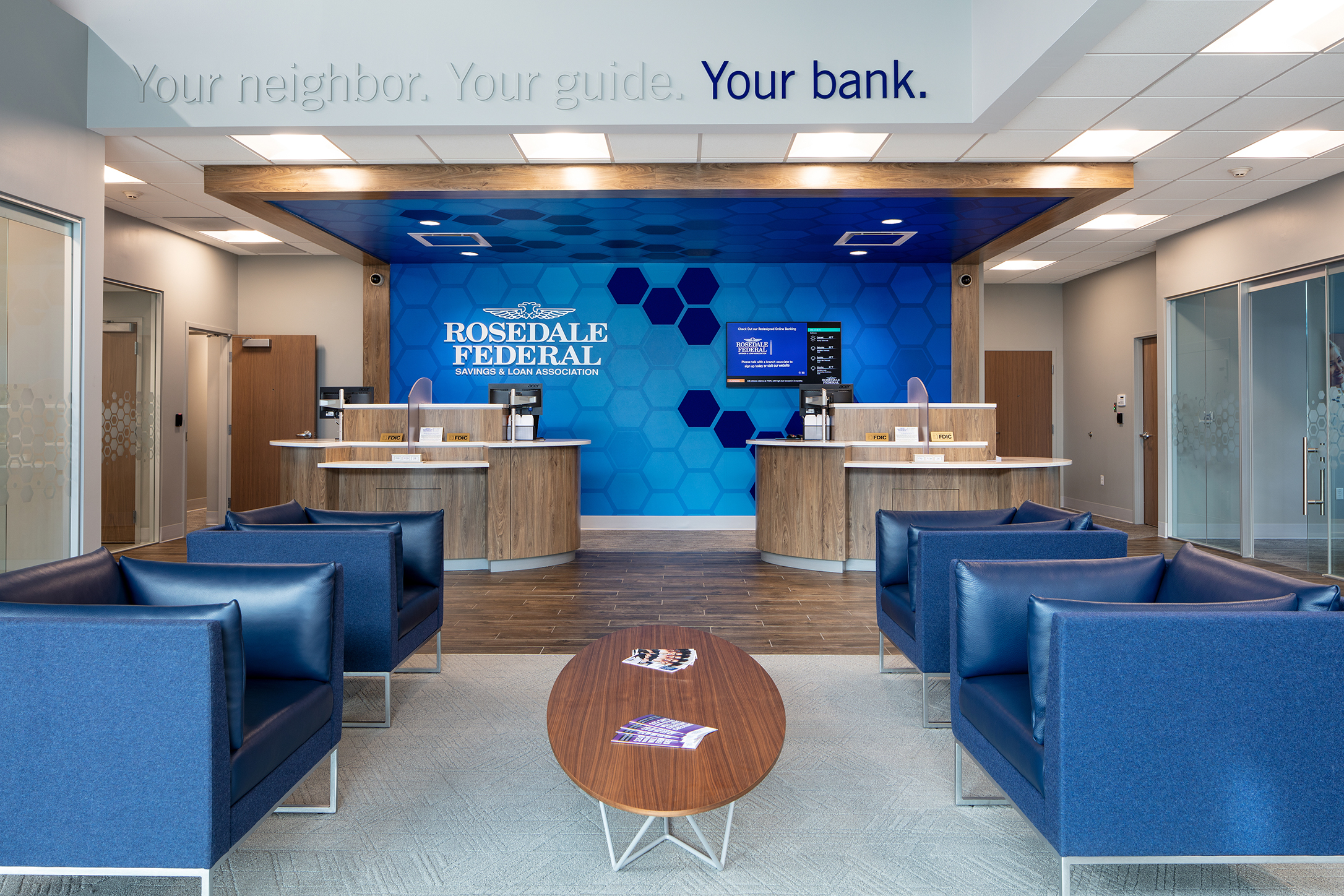
The color blue turns out to be the favorite shade of the world. Blue tends to be associated with a clear sky, water, peace, evoking the feeling of calm, trust, and security. Because of this, blue appears in over half of all company logos. It can also be found to help increase productivity in the workplace, which is a factor a company might take into consideration when first creating its brand.
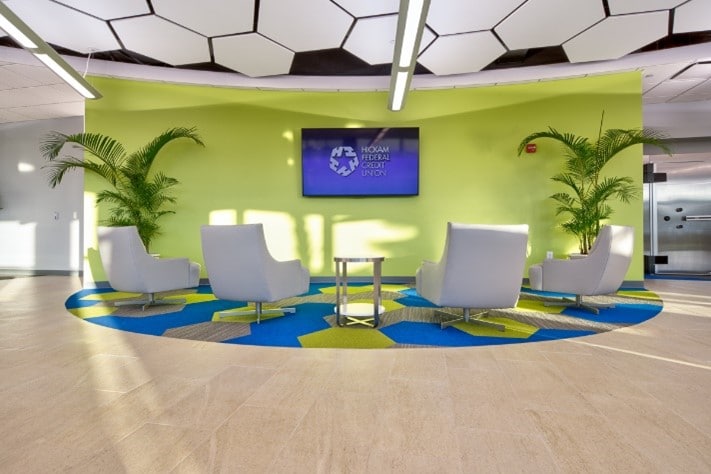
Green tones can remind people of nature, money, and health, which can help create feelings of calmness, creativity, and new growth.
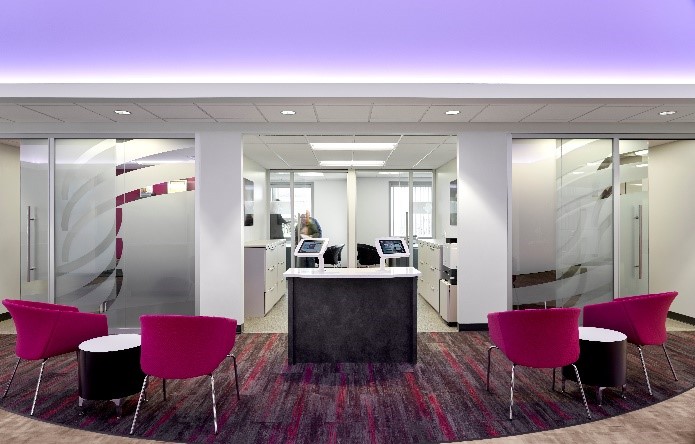
Purple has been found to be associated with wisdom, success, and wealth.
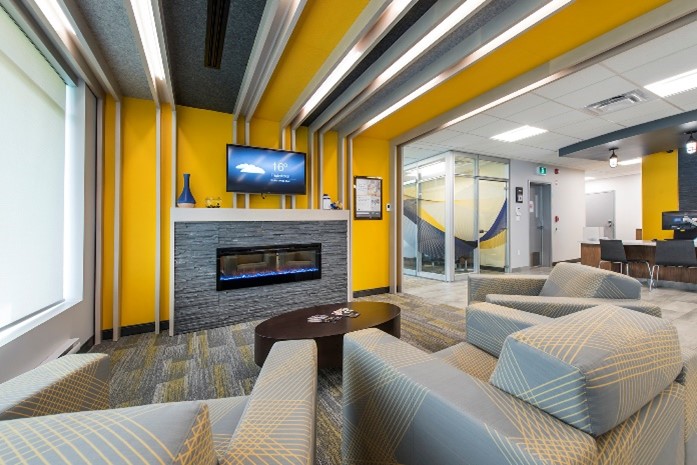
Yellow represents cheerfulness, warmth, and energy. However, research shows that not everyone is a fan of yellow and it can cause eye strain, which might be taken into account during the marketing and design process.
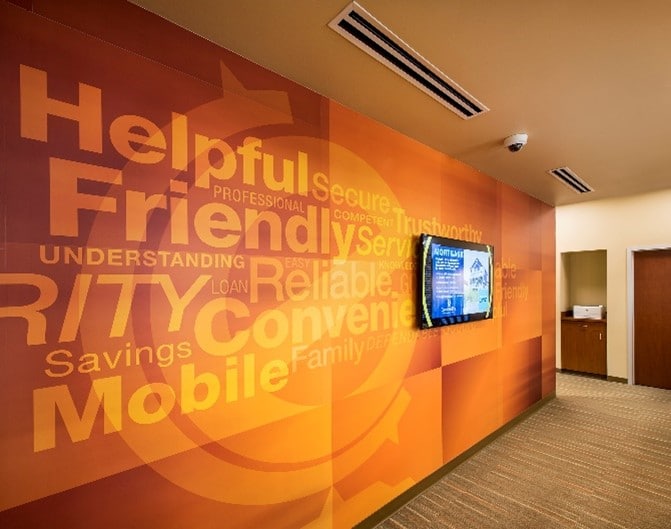
Orange is invigorating, enthusiastic, and can be associated with good value.
“You could go on and on with each individual color and the emotions they evoke; however, it is important to note that no one color will evoke a similar emotion in all people. Different cultures have different emotional responses to colors, and one’s own personal experience can also influence the emotion that is created,” Amy noted.
The study of color psychology has helped companies understand the impact colors have on marketing to consumers. A 2006 study was done gauging the brain’s response to product branding. The study showed that the human brain has more positive emotions in response to immediately recognizable brands, making color a very important element when designing your brand and branded space.**
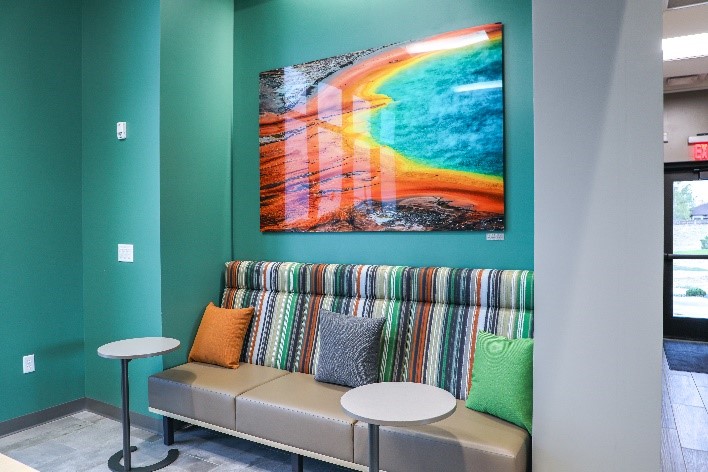
“Research shows that warmer colors like red and orange can help draw in the consumer that is most likely to impulse buy because they feel a sense of urgency. You always see the words SALE in big red letters, sometimes paired with a yellow background, trying to create a strong emotion like urgency from the consumer. The combination of the colors and how they are presented to the consumer is crucial,” Amy explained.
Certain colors on their own can evoke certain feelings, but when paired with others, they can give you a whole different emotion. We start to associate certain colors that are grouped together with certain traits that can be either positive or negative. For example, if you wanted to convey a message of trust to the consumer, you might choose a combination like blue, white, and green.
Stay tuned each week for more insights from our team of seasoned industry experts!
References
*Cited – https://www.colorpsychology.org/color-psychology-marketing/ – The Psychology of Colors in Marketing and Branding by Hailey van Braam
**Cited – https://www.sciencedaily.com/releases/2006/11/061128083022.htm – MRI Shows Brains Respond Better To Name Brands by Co-authors are Stefan O. Schoenberg, M.D., Ph.D., Maximilian F. Reiser, M.D., Thomas M. Meindl, M.D., and Ernst Poeppel, M.D.